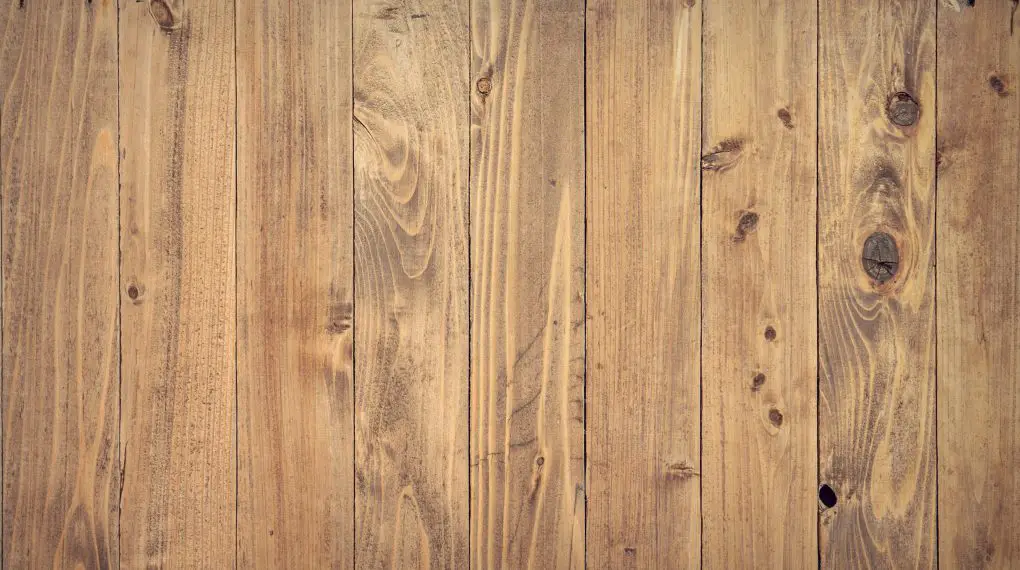If you’re wondering how to sand painted wood, you’ve come to the right place. This comprehensive guide will walk you through each step, ensuring you achieve a smooth and ready-to-paint surface.

From Pexels.com by FWStudio
Why Sand Painted Wood?
Sanding painted wood is essential for removing old paint, smoothing the surface, and preparing it for a new coat of paint. It’s a common task that can be easily accomplished with the right tools and techniques.
How to Sand Painted Wood: Materials You Will Need
- Sandpaper (various grits)
- Electric sander (optional)
- Protective gear (mask, goggles)
- Tack cloth or damp rag
- Painter’s tape
Step 1: Safety First
Before you start, make sure to put on your protective gear. This includes a mask to avoid inhaling dust and goggles to protect your eyes.
Step 2: Prepare the Surface
Use painter’s tape to cover any areas you don’t want to sand. This will help you achieve a more precise result.
Step 3: Choose the Right Sandpaper
Select a sandpaper grit that is appropriate for your project. For removing paint, a coarser grit like 60 or 80 is usually suitable.
Step 4: Start Sanding
Begin sanding the painted wood using either your hand or an electric sander. Make sure to sand in the direction of the wood grain to avoid scratches.
For more articles on sanding, click here: Sanding: Your Full-Circle Guide to Smooth Mastery.
Step 5: Check Your Work
After sanding, use a tack cloth or damp rag to wipe away the dust. Examine the surface to see if more sanding is needed.
Step 6: Final Touches
If the surface is smooth and free of paint, you’re done. Otherwise, repeat the sanding process until you achieve the desired result.